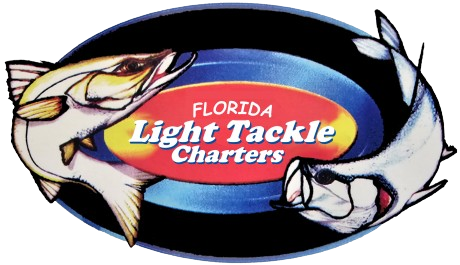Embark on an Unforgettable Journey

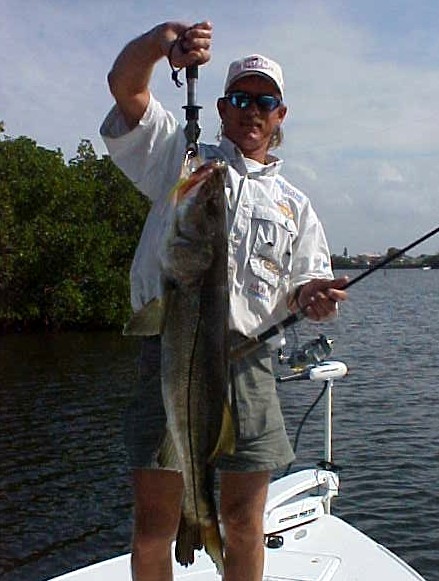
About Us
Captain Derrick Jacobsen welcomes you to Florida Light Tackle Charters, where your fishing adventure begins with a promise of excitement and authenticity. Captain Derrick is a proud Florida native that leads our team with a passion for the waters that surround us. With years of experience navigating the backwaters and deep seas of southwest Florida, Captain Derrick and our team of top Captains bring unparalleled expertise to every excursion.
At Florida Light Tackle Charters, we believe in offering more than just a fishing trip; we provide an experience that exceeds expectations. Our commitment is evident in our straightforward approach – we stand behind our promise with a no-nonsense “No Fish… No Pay!” Guarantee! It’s a testament to our dedication to ensuring every outing is not just enjoyable, but also rewarding. Whether you’re seeking the tranquility of backwater fishing or the adrenaline rush of deep-sea adventures, Captain Derrick and our team are here to make it happen.
Join us aboard our meticulously maintained vessels and prepare for an unforgettable journey on the shimmering waters of southwest Florida. From seasoned anglers to first-time fishers, our charters cater to all skill levels, promising an adventure filled with camaraderie, excitement, and, of course, plenty of fish. Book your trip with Florida Light Tackle Charters today and let us show you why we’re the premier choice for those seeking the ultimate fishing experience in the Sunshine State.
Our Guides
Our captains stand out as the backbone of Florida Light Tackle Charters, embodying expertise, professionalism, and a passion for the sea. Here’s why they are unparalleled:
- Extensive experience: Our captains boast years of hands-on experience navigating Florida’s waters, honing their skills and knowledge of local fish species, habitats, and optimal fishing techniques.
- Exceptional guidance: With a keen eye for detail and a commitment to excellence, our captains provide invaluable guidance to guests, ensuring safe and successful fishing expeditions.
- Personalized instruction: Whether you’re a beginner or a seasoned angler, our captains offer personalized coaching and tips tailored to your skill level, helping you improve your fishing prowess while having a blast.
- Customer focus: Our captains prioritize guest satisfaction above all else, going above and beyond to accommodate preferences, answer questions, and create memorable experiences for every charter guest.
- Environmental stewardship: Committed to preserving Florida’s rich marine ecosystem, our captains promote sustainable fishing practices and share insights on conservation efforts, fostering a deeper appreciation for the natural world among guests.
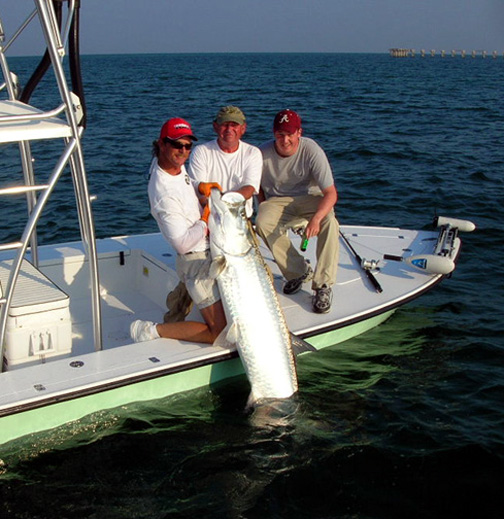
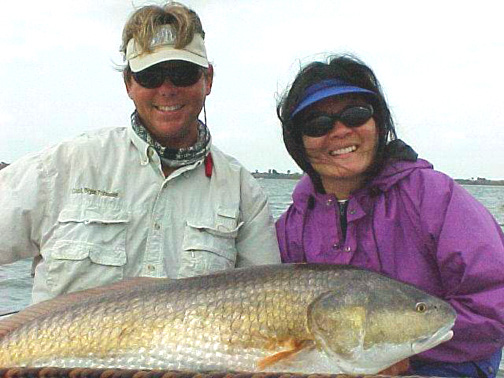
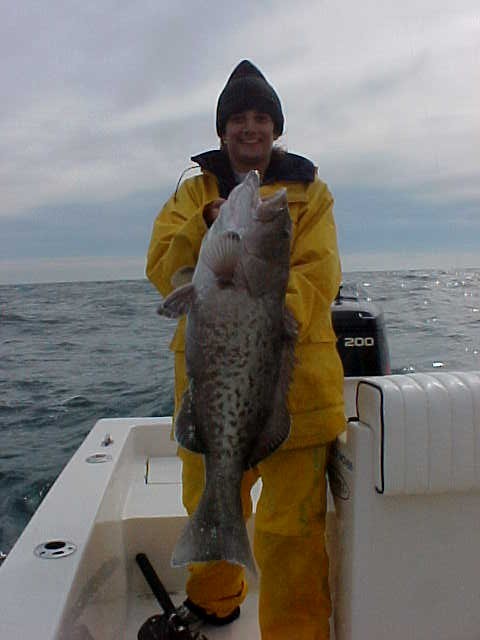
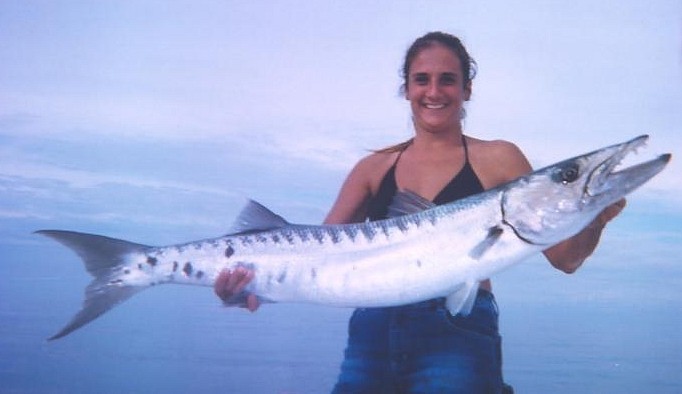
Our Boats
Our boats set the standard with a combination of expertise, comfort, and adventure. Our commitment to excellence ensures that every trip is unforgettable, offering unparalleled experiences for anglers of all skill levels. Here’s why our boats stand out:
- Top-notch equipment: Our boats are equipped with the latest, high-quality fishing gear and technology to enhance your fishing experience.
- Expert captains: Our experienced captains possess extensive knowledge of Florida’s waterways and fishing hotspots, ensuring a successful and enjoyable trip.
- Customized trips: We tailor each charter to meet the preferences and skill levels of our guests, whether they’re targeting specific species or simply enjoying a day on the water.
- Prime locations: Our boats are strategically located near some of Florida’s best fishing grounds, maximizing your chances of hooking into trophy fish.
- Exceptional service: From the moment you step aboard, our friendly and professional crew are dedicated to providing top-notch service, ensuring a memorable and hassle-free experience.
Testimonials
(hover over to pause animation)
Reel in the Adventure of a Lifetime with Us!
Are You Ready to Get Bent?
Experience the thrill of the catch like never before with Florida Light Tackle Charters. Nestled in the heart of Florida’s pristine blue waters, our experienced captains will guide you to the hottest fishing spots, where every cast promises excitement and anticipation. Whether you are a seasoned angler or a novice enthusiast, our state-of-the-art equipment and personalized service ensure an unparalleled fishing experience. Hook up with us to create memories that will last a lifetime. Book your adventure today and let’s make waves together!
